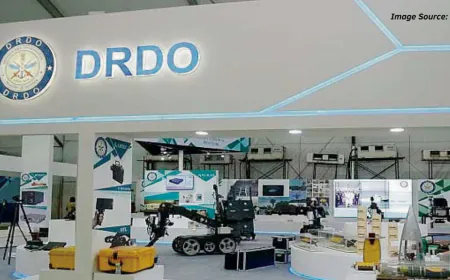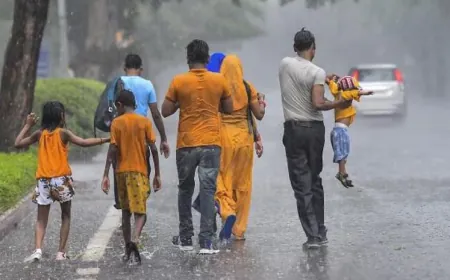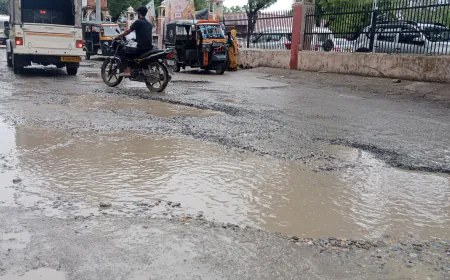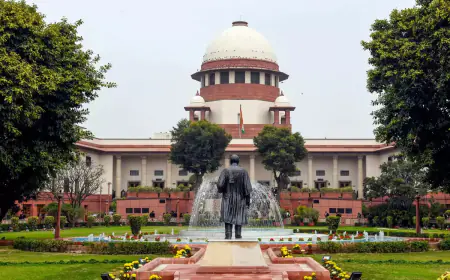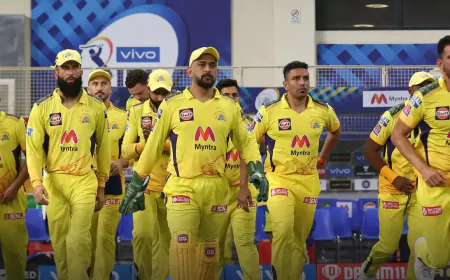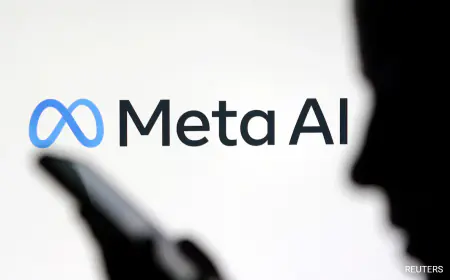Shimla Grapples With Water Shortage as Summer Heat Arrives
This summer has seen intense heat waves across the globe due to which the average temperatures of many countries have gone up drastically leading to various environmental changes.

This summer has seen intense heat waves across the globe due to which the average temperatures of many countries have gone up drastically leading to various environmental changes. India being one of them is facing the worst heat waves of all times. Shimla, the capital of Himachal Pradesh, is facing a recurring challenge: water shortage. This summer, the situation has been exacerbated by heat waves and limited rainfall. Residents and tourists are feeling the pinch, with water supply being limited to every 3-4 days. This has been caused due to a number of issues, some of which have been mentioned below.
Erratic Rainfall
The city's primary source of water is precipitation. However, changing weather patterns have resulted in irregular rainfall. Reduced snowfall in the winter and scanty monsoon showers leave natural reservoirs inadequately replenished that has caused a major drop in water levels of some prominent natural sources that supply water to the city.
Demand Outstrips Supply
The scorching heat and lack of rain have dried up many natural water sources such as Gumma and Giri projects which are major sources of water supply. The city requires 43 million litres per day (MLD) to meet its daily needs. However, current water sources are only providing around 30 MLD. This gap widens significantly during the peak tourist season, putting a further strain on the already stressed resources.
Tourist Influx Adds Pressure
Looking to escape scorching heat, tourists are flocking the state capital in a welcome boost to the local economy. The unregulated growth of hotels and homestays further complicates the issue. The hotel occupancy, which was earlier around 50% during weekdays, has also gone up to 80%. The establishments are witnessing full occupancy over weekends. Shimla's popularity as a tourist destination creates a seasonal surge in water consumption. The presence of thousands of tourists, coupled with the resident population, pushes demand beyond what the existing infrastructure can handle.
Aging Infrastructure
Adding to the woes is the aging water supply network. Leakage from the British-era pipelines is estimated to be as high as 50%, significantly reducing the amount of water reaching residents. Local authorities have identified leakage points and are working on repairs, but addressing the entire network is a complex and time-consuming task.
Urban Sprawl
The unchecked expansion of Shimla's urban footprint has encroached upon natural water sources and catchment areas. This disruption of the natural water cycle further exacerbates the crisis. More people means more water consumption for households, businesses, and other activities. This puts a strain on existing water supplies, which Shimla already struggles with due to limited groundwater and dependence on seasonal rainfall. Urban expansion often leads to deforestation and soil erosion. This can increase sedimentation in rivers and streams, harming water quality. Additionally, increased pollution from construction activities and improper waste disposal can contaminate water sources.
How Shimla Feels the Pinch
The water crisis in Shimla disrupts the lives of its residents in several ways:
Domestic Disruption
Water rationing has become a grim reality. Homes receive water supplies only every few days, forcing residents to drastically alter their daily routines. Simple tasks like washing clothes, bathing, and cooking become a struggle.
Health Concerns
Limited access to clean water increases the risk of waterborne diseases. Sanitation also suffers, posing a significant health threat, especially for vulnerable populations.
Economic Impact
Tourism, a vital source of income for Shimla, takes a hit when water shortages become chronic. Hotels and businesses struggle to cater to guests, leading to financial losses.
Social Discontent
The water crisis fuels frustration and anger among residents. Protests and agitations become a way for people to voice their concerns and demand solutions from the authorities.
Core Values at Stake
The water crisis in Shimla is more than just an inconvenience; it challenges core societal values:
Equity and Justice
Unequal access to water exposes the underlying inequalities within the city. Low-income communities often bear the brunt of water shortages, while privileged areas might enjoy a more regular supply.
Sustainability
The current water management practices are unsustainable. Overexploiting natural resources without considering long-term consequences jeopardizes the future for generations to come.
Environmental Responsibility
Unchecked water wastage and a lack of focus on rainwater harvesting and conservation have a detrimental impact on the environment. Protecting the delicate Himalayan ecosystem is crucial.
Looking for Solutions
The Shimla Jal Prabandhan Nigam Limited (SJPNL), a government body formed in 2019, is responsible for managing water supply and wastewater treatment in the city. They initially implemented a six-day water supply schedule to distribute available resources more efficiently but the water shortage has resulted in residents receiving water only every 3-4 days and municipal authorities are struggling to restore daily supply.
Hope for the Future
Inadequate water conservation measures and a lack of awareness about responsible water use contribute to the problem. Shimla's water crisis stands as a stark reminder of the consequences of inaction. Addressing this challenge requires a collective effort from the government, residents, and civil society.
This glimpse into Shimla's water woes highlights the intricate link between our actions and the well-being of our communities. Additionally, initiatives to conserve water and raise awareness among residents and tourists are essential.
Shimla's water crisis highlights the delicate balance between development and resource management. Sustainable tourism practices and responsible water use by all stakeholders are key to ensuring a steady water supply for the future of this popular hill station.
Potential Solutions
Overcoming Shimla's water crisis demands a multi-pronged approach:
Infrastructure Upgrade
Investing in modernizing the water supply network with leak-proof pipes and a well-maintained distribution system will minimize water loss.
Rainwater Harvesting
Encouraging rainwater harvesting at the individual and community levels can create a readily available source of water during dry spells.
Conservation Efforts
Promoting water conservation awareness campaigns and implementing stricter regulations on water usage in commercial establishments are essential.
Revitalizing Water Sources
Reforestation efforts in catchment areas and protection of natural springs can help replenish water reserves.
Demand Management
Exploring alternative sources like treated wastewater for non-potable purposes like irrigation can ease pressure on freshwater resources.
By prioritizing sustainable water management practices, investing in infrastructure, and fostering a culture of conservation, Shimla can once again become a city where water flows freely, nurturing its residents and its environment.
For Latest News update Subscribe to Sangri Today's Broadcast channels on Google News | Telegram | WhatsApp
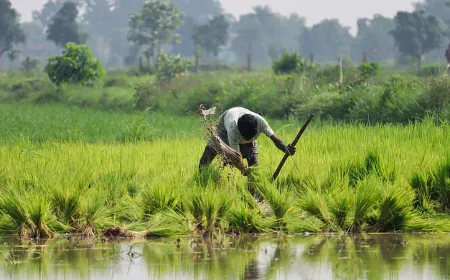












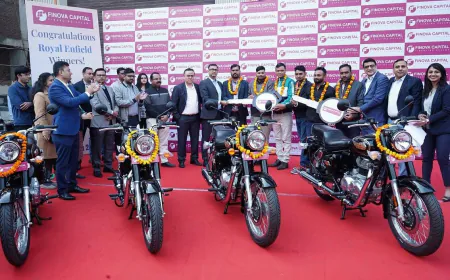











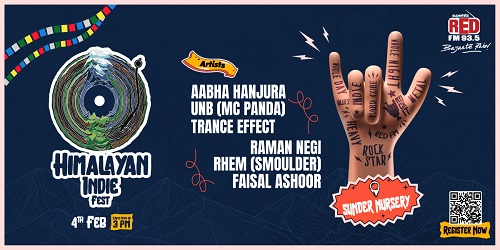












.jpeg)























